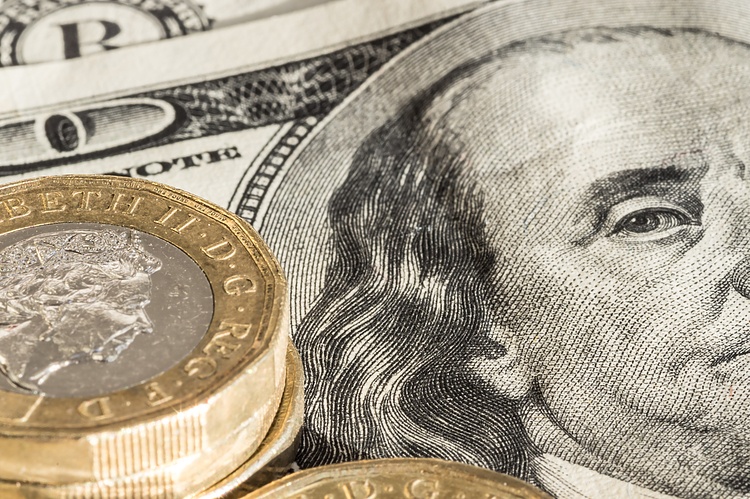The British pound saw a slight decline on Friday, with GBP/USD trading at 1.2648 in the European session. Despite this, it has been a positive week for the pound, with a 1% gain against the US dollar. This increase was fueled by Wednesday’s inflation release, which showed a dip in April, reversing the trend of the previous months. The unexpected decrease in inflation raised expectations for a rate cut from the Federal Reserve, causing equity markets to rise and the US dollar to fall. GBP/USD jumped 0.75% on Wednesday as a result.
However, GBP/USD experienced a technical correction on Thursday, closing in negative territory after Wednesday’s gains. The pair continued to edge lower on Friday, trading near 1.2650. Comments from Federal Reserve officials supported the US dollar, with Atlanta Fed President Raphael Bostic noting progress in inflation but stating that the Fed was not ready to start easing policy. Cleveland Fed President Loretta Mester also emphasized the need for more data before making any changes to monetary policy, while Richmond Fed President Thomas Barking highlighted that the latest CPI data did not meet the Fed’s inflation targets.
Looking ahead, pound sterling buyers could remain interested as long as the 1.2630 support level holds. Market participants will be closely watching for any further developments from the Federal Reserve, as any signals of potential rate cuts could impact the pound’s performance against the US dollar. The recent volatility in the currency markets underscores the importance of staying informed and closely monitoring economic data releases and central bank statements.
Overall, the British pound’s performance against the US dollar will continue to be influenced by a variety of factors, including economic data releases, central bank policies, and global market sentiment. Traders and investors should remain vigilant and adaptive in response to changing market conditions to effectively manage their positions. The upcoming Federal Reserve communications will be closely watched for any hints of future monetary policy changes, which could have significant implications for GBP/USD. Stay tuned for further updates on this dynamic and continuously evolving market.











